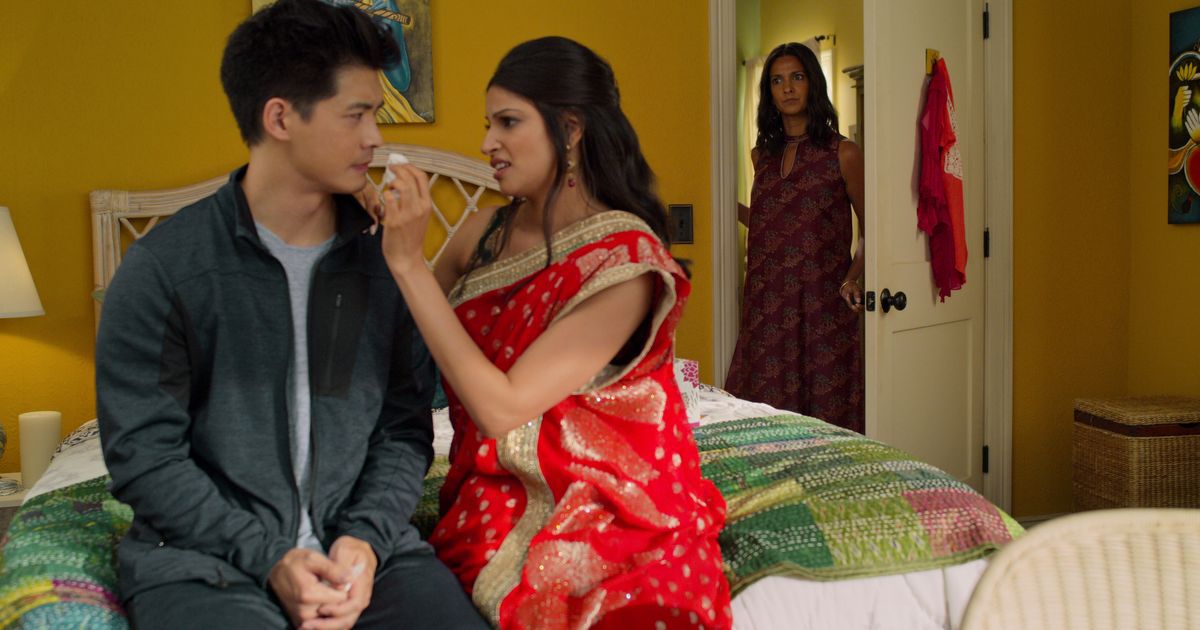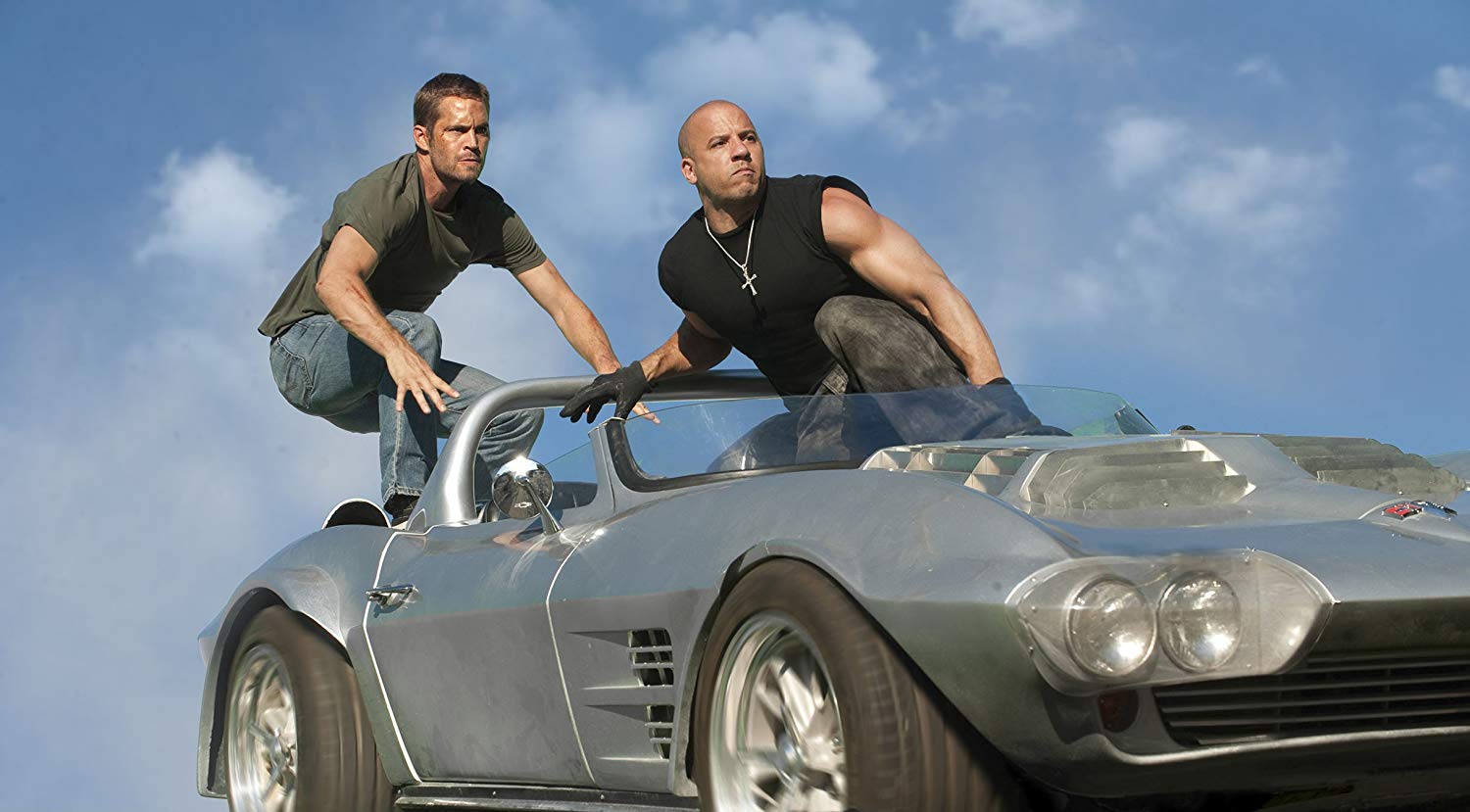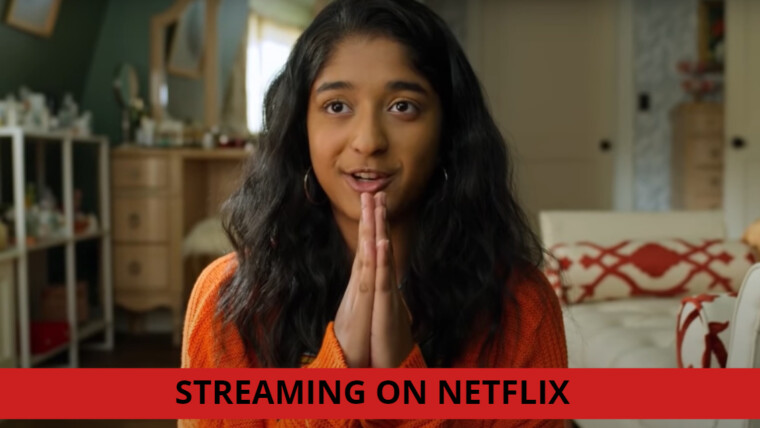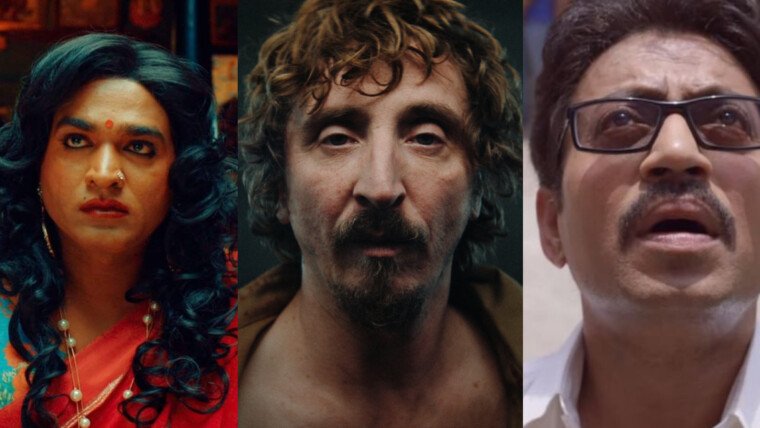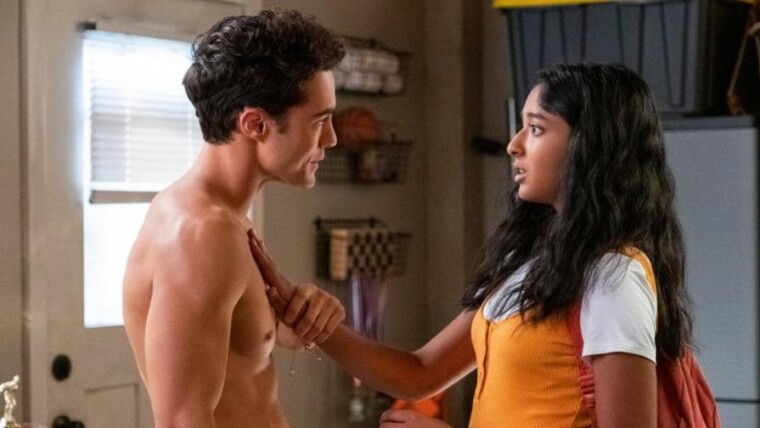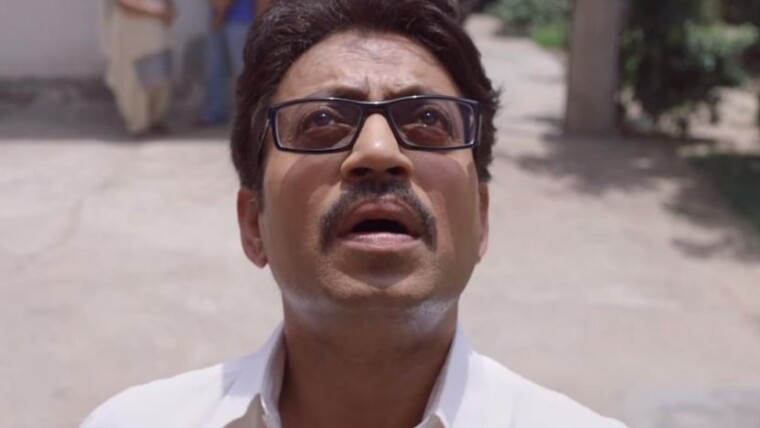I recently watched Never Have I Ever, a series spearheaded by Mindy Kaling, centred around a second-generation American teenager of Tamil descent, her family, heartbreaks and the shenanigans she gets up to in high school. In many ways, it is a piece of pop culture that urbanized, English-speaking, Indians have been clamouring for, for years.
As I wrote in my review, for someone whose window to the world has always been cinema and television, I imagined how liberating it would’ve been for 15-year-old Dashran had this series been released 12 years ago. I pictured how excited I would’ve been to see a brown teenager on TV who talked like me and thought like me. How enlightening it would’ve been to see a brown girl on screen who openly conversed about “taboo” subjects, just like a guy would.
But Never Have I Ever also in parts feel like it’s written by a white-washed Indian who grew up in America and never bothered to understand the nuances of Indian culture. Oh, wait… I just described Mindy Kaling. Maybe that’s why she gets Devi absolutely spot on and the adults alternate between characters and cartoons.
One of the problematic adult characters is Kamala — who’s more caricature than character. Kamala, Devi’s older cousin who hails from India and has been pursuing her tertiary education in the States for a few years. Yet, at one point, she tells Devi, “What do you want to watch? I found a Bollywood movie about a princess who falls in love with a lowly street sweeper. It’s only seven hours long!” I’m all for poking fun at anything and everything (as long as it doesn’t punch down) but it has to make sense. It makes absolutely no sense for someone with deep Indian roots — especially someone who grew up in India — to poke fun at Indian movies like that. That’s the kind of rubbish an ignorant white person would say.
The scene prompted me to dig up an old Facebook post of mine and give it a little varnishing.
***
Aren’t we all tired of uninformed, obtuse jokes about Indian cinema?
“Bollywood movies are stupid. People always dance around trees.”
“They’re damn long!!”
“Guys, guys, look at this,” you say, as you signal your friend to check out a 9Gag post which reads, “#Bollywood” with a clip of a man fighting some baddies with a banana. Your friends laugh and say “yeah, Indian movies are all like that.”
Wrong.
First of all, Indian cinema isn’t Bollywood. Bollywood, which refers to the Hindi language film industry based in Mumbai, is only a part of Indian cinema — the world’s biggest and most diverse film industry. Apart from Bollywood, there’s also Tamil cinema, Malayalam cinema, Telugu cinema, and many other regional industries, each of a different language, with their own unique idiosyncrasies and identities. (Though naturally, there are also some overlaps in terms of style.) According to a report by Deloitte, India produces around 1500 – 2000 films a year, which is two to three times more than America.
But the more important factor to note is that ‘Indian movie’ isn’t a genre in and of itself. Just like American movies or any other major film industry across the globe, there are mainstream commercial movies that make up the pop culture and non-commercial, smaller movies that generate award season buzz — though, they aren’t necessarily mutually exclusive.
The most commercially successful Hollywood productions include films from the Marvel, Fast & Furious, Transformers and Jurassic World franchises. Now, picture an uninformed person from a tiny village with no access to American movies. He watches a couple of movies from the aforementioned franchises, goes home and tells his family, “so, have you heard of Hollywood? All their movies have explosions, buildings falling down and superheroes flying around.”
Would that be an accurate representation of Hollywood? What about The Godfather and Goodfellas? What about Zodiac and Seven? Or Raging Bull? Let’s not forget The Sixth Sense, Arrival, Moonlight, Whiplash, There Will Be Blood, No Country for Old Men and thousands of other great non-mainstream films?
Indian movies are very much similar. What gets all the hype and makes all the money; what people anticipate and buy advance tickets for are the mainstream commercial movies. The difference is, mainstream Hollywood (today) is driven by franchises and popular IPs (i.e. Star Wars, Star Trek, Marvel, DC), whereas most film industries in India are driven by stars (i.e. Rajinikanth [Tamil], Shah Rukh Khan [Hindi/Bollywood], etc.)
Quick aside: Since the Indian film industry is so diverse, which requires a separate article on its own, my next paragraph will only draw examples from Tamil cinema.
A star-centric action-musical of Tamil cinema is similar to many of the gigantic franchises coming out of Hollywood. The approaches and styles may be different, but they’re all designed to cater to the widest possible audience and deal with broad emotions, melodrama and larger than life characters. And within the realm of commercial event films, there are filmmakers that push the boundaries and do interesting things (Nolan’s The Dark Knight Trilogy, James Mangold’s Logan, Mani Ratnam’s Thalapathi, Vetrimaaran’s Asuran, just to list a few) and there are those who deliver subpar to horrible entertainers (Michael Bay’s latter Transformers movies, Josh Trank’s Fantastic Four, AR Murugadoss’ Sarkar and Shankar’s 2.0).
Outside of the realm of commercial event films, there are Indian films that are grounded and gritty. There are dramas, political thrillers, psychological thrillers, murder mysteries, and the list goes on and on and on.
Come out of your bubble, be open-minded and give Indian cinema a shot. You’ll find a wealth of films of various languages that will move you and broaden your perspective.


